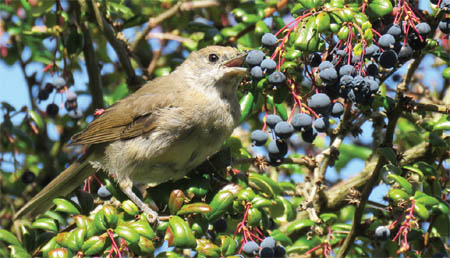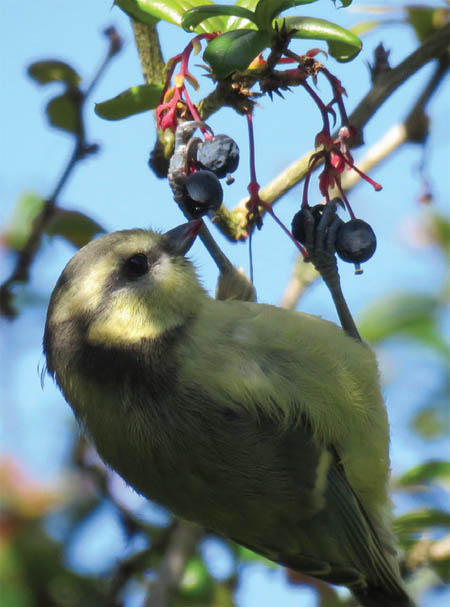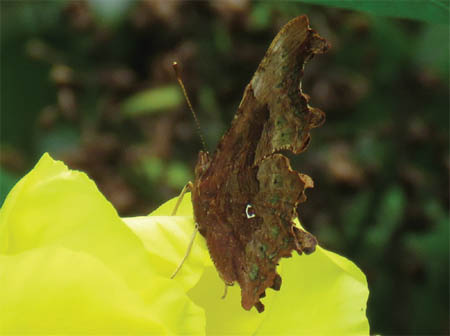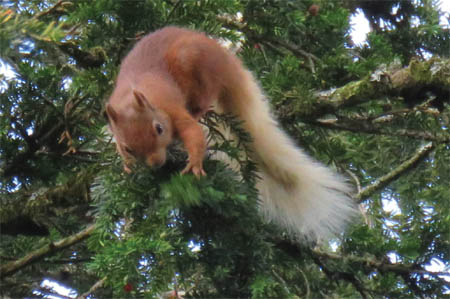|
September / 2020 - Michael Ryan
|
|
|
|
|
|
|
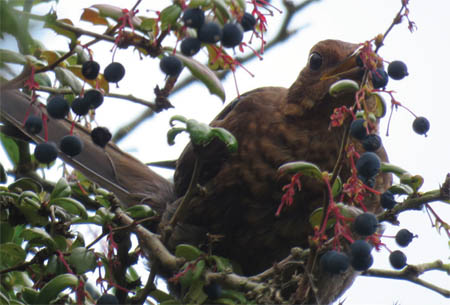
|
Top left, a juvenile Blackcap, top right, a Blue Tit and right, a female Blackbird, on the Berberis bush. |
|
|
The Comma butterfly, first recorded in Ireland in 2000 in Wexford, has since spread around the south east counties, is now known to over winter in Carlow and is spreading west and north Our second and third sightings of Commas in Ireland was in Mount Usher gardens in July where two were feeding on a flower bed. The small white mark on its underwing, left, is what it’s name derives from. |
 |
|
|
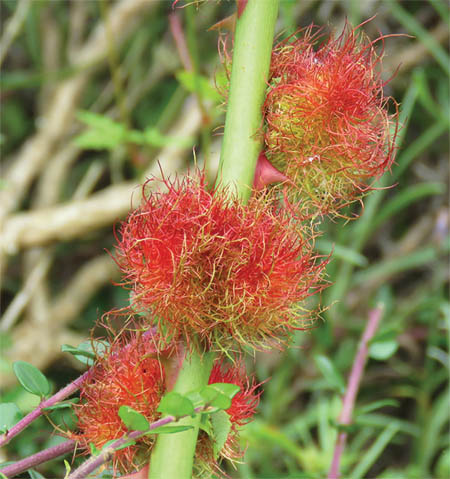 |
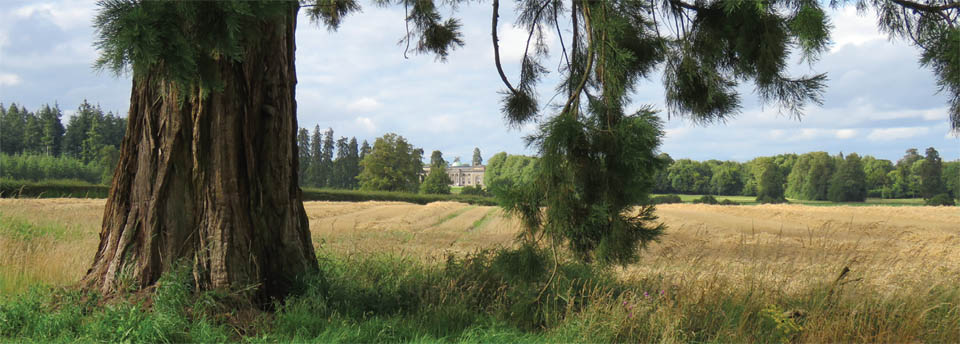
| |
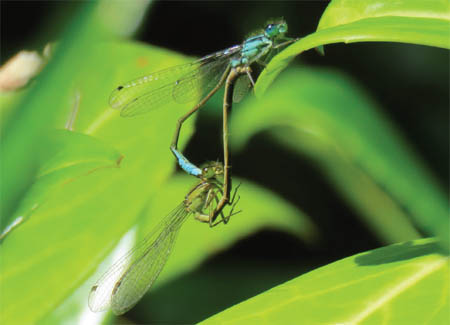
|
|
|
Damselflies
mating, Emo Court. Sorry, I don’t know exactly what species
but they are but they are probably either Azure or Variable Damselfly. |

|
 |
|
| Red
Squirrel feeding on yew berries at Emo Court and no, the picture above
isn’t upside down, the squirrel is. |
|
|
Images & Text by :- Michael Ryan
|
|



